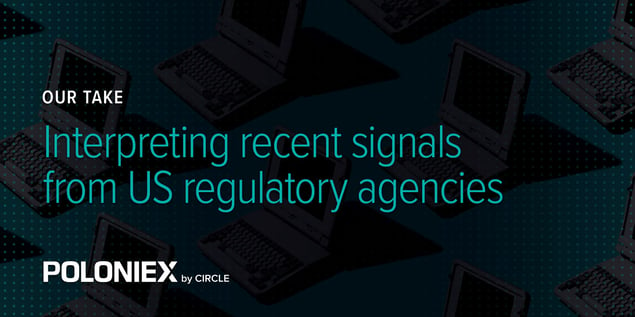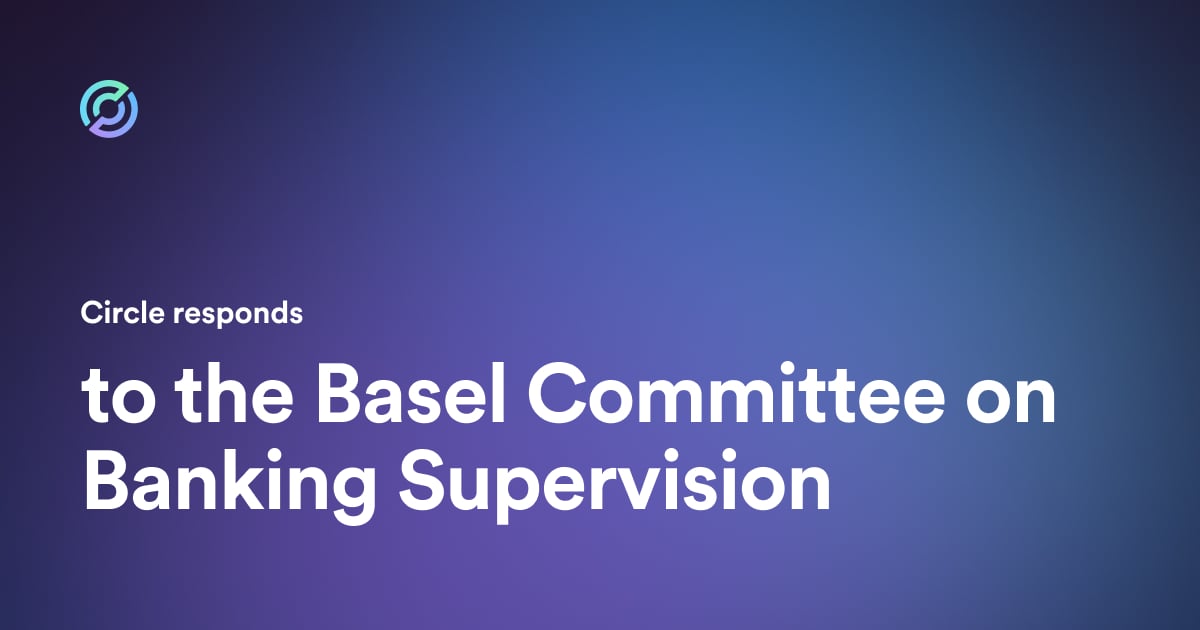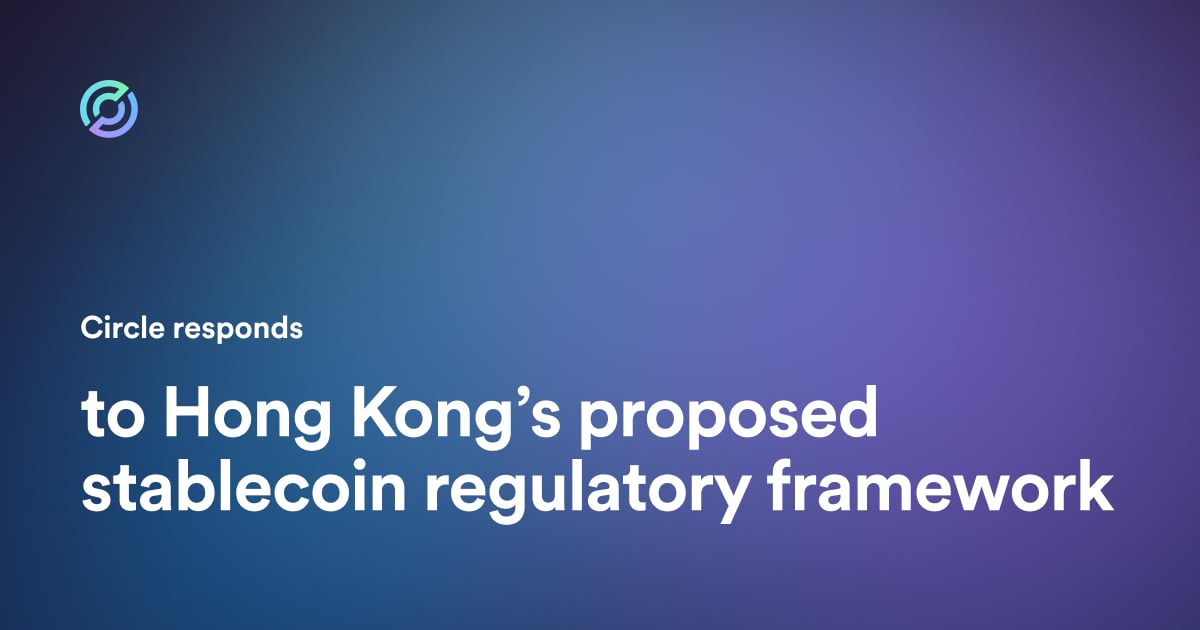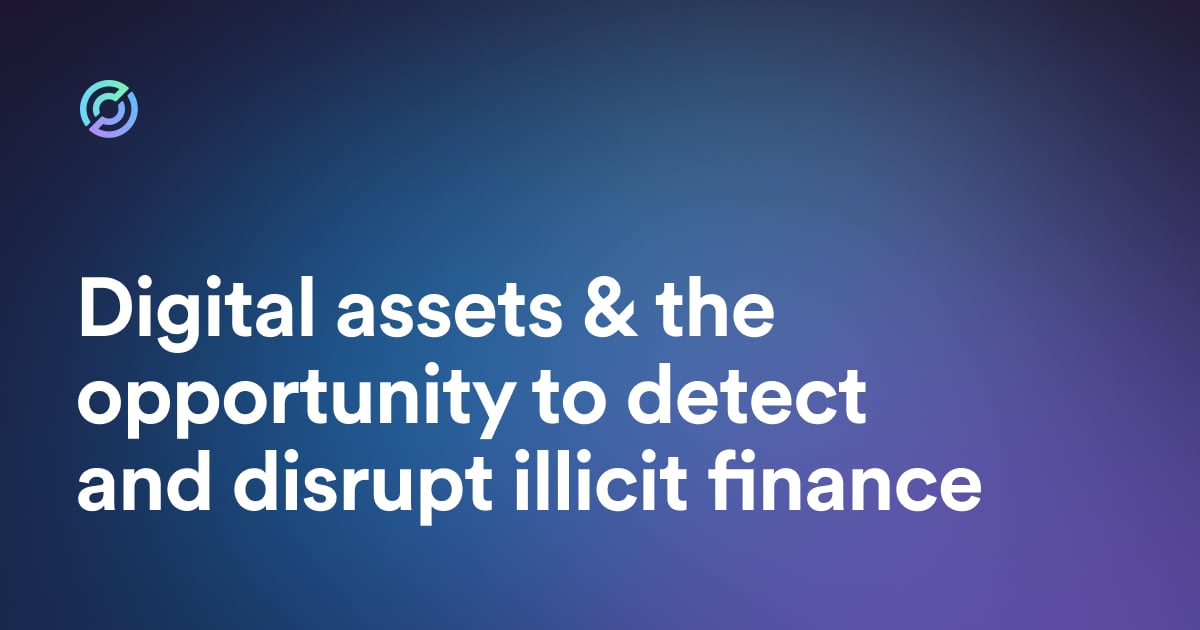We want to highlight how recent signals from U.S. regulators are creating an uncertain environment for crypto assets, prompting us to take actions that we—and our customers and community—find deeply frustrating.
The heart of our argument for a clear, forward-looking regulatory framework for crypto has long been that digital assets represent a fundamentally new class of financial instruments, which defy simple classification as security, commodity, or currency. Many digital assets occupy several classifications at the same time depending on their context and use. For example, imagine a token created for a game. The initial sale could fund development of the game. Then the token may be distributed to users as a reward in a game (utility), traded on an exchange (commodity), used to purchase virtual goods in an online story (currency), and used to confer holder voting rights in the project (security).

We have consistently taken this argument to policymakers in the U.S. and around the world because we want to realize the full potential of crypto and blockchain technologies. We have also urged lawmakers to stop applying laws written in the 20th century to technologies created in the 21st. For example, one of the main factors that determines whether or not a crypto asset can be regulated as a security is something called the Howey test, formulated by the Supreme Court in 1946.
As law struggled to catch up with innovation, we have paid close attention to guidance from the U.S. Securities and Exchange Commission (SEC). Over the last few years, the SEC has sent signals to the crypto community in the form of speeches, enforcement actions, and analyses about what crypto assets are securities. If an asset is deemed a security, that means it must be registered with the SEC and the team behind it must abide by a wide range of regulatory obligations. The consequences of a mistake can be serious financial and legal consequences for an organization as well as its officers and employees.
One of the key sources of guidance from the SEC, until recently, was a speech in June 2018, by William Hinman, Director of Corporate Finance at the SEC. In that speech, Hinman said that a crypto asset being used in a properly decentralized network may no longer represent a security:
"If the network on which the token or coin is to function is sufficiently decentralized – where purchasers would no longer reasonably expect a person or group to carry out essential managerial or entrepreneurial efforts – the assets may not represent an investment contract."
The crypto community reacted positively because decentralization is at the heart of crypto and blockchain technologies. But recently, the ground shifted significantly. This April, SEC staff published a document titled Framework for “Investment Contract” Analysis of Digital Assets.
This Framework weighed heavily in our decision to geofence the trading of some assets from U.S. customers of Poloniex. While the SEC may believe it is simply clarifying existing law, we believe the Framework represents a sea change for the U.S. crypto community on multiple fronts:
- The Framework undercuts the idea, earlier expressed by Hinman, that sufficient decentralization could show that a digital asset isn’t a security.
- The Framework introduces the concept that a secondary market in a digital asset (i.e., that it’s available on an exchange like Poloniex) might indicate that it is a security.
- The Framework assumes that the first two prongs of the Supreme Court’s Howey test—which could help to show that a digital asset is not a security—always apply to digital assets.
- The Framework provides a broader pathway for the SEC to take an enforcement action.
Let’s consider each of these points in more detail.
Reducing the Power of Decentralization, and Disfavoring Exchanges
The main idea conveyed by the Hinman speech was that a network and its native asset could become “sufficiently decentralized” and not be an investment contract. Efforts to distribute decision-making powers, such as setting community governance standards, were thought to be a factor that would weigh significantly against a crypto asset being a security. If a project is governed by the community, the thinking went, then the SEC would be less likely to pursue an action.
However, the recent Framework introduces the brand-new concept of an “Active Participant,” or “AP,” which rolls back the importance of decentralization by suggesting that the SEC will consider a whole new host of network participants (not just the originators of the projects) in the analysis. Specifically, the guidance says:
"When a promoter, sponsor, or other third party (or affiliated group of third parties) (each, an 'Active Participant' or 'AP') provides essential managerial efforts that affect the success of the enterprise, and investors reasonably expect to derive profit from those efforts, then this prong of the test is met."
Because this definition includes “affiliated groups of third parties,” it could be read to wrap in groups such as mining pools, validators, developers, repository maintainers, and other structures that the community previously considered to be indicative of decentralization. For this reason, the guidance provides little comfort for assets founded on decentralization, and presents a “Catch 22”—good faith efforts to distribute decision-making and inspire agency amongst community members may actually place a nascent network within the SEC’s purview, because it creates an “affiliated group of third parties.”
This is just one way in which the framework has muddied the waters rather than clearing them. If the SEC did not intend to roll back the decentralization concept to this extent, it should reconsider the breadth of the AP definition.
Two prongs of the Howey test, dismissed
The Howey test lays out the criteria the SEC uses to determine whether something is or isn’t an investment contract and therefore a regulated security. The prongs of the Howey test are as follows:
- There is an investment of money
- In a common enterprise
- With a reasonable expectation of profits
- To be derived from the efforts of others
The Framework says the first two factors almost always apply to digital assets, so much so that the Framework does not even consider them. But they should not always apply, and in fact these factors could demonstrate that a project is not an investment contract. For some projects, token holders may not contribute money or otherwise contribute, so it’s not clear that there is an investment of money. Likewise, when courts employ the Howey test, a “common enterprise” turns on the presence of horizontal commonality (in broad strokes, the pooling of investor money), and vertical commonality (generally, dependency on a promoter’s expertise). Many projects do not have these key elements, but their absence doesn’t seem to weigh into the SEC’s considerations as articulated in the new Framework.
No safe harbor from enforcement
The Framework lays out 25 characteristics and considerations that are relevant to the assessment of whether or not a digital asset is a security, but gives no weighting in their application. These considerations include factors such as whether there is a secondary market for the digital asset or even an expectation of one. Having so many factors without clear weighting makes it even more difficult to easily ascertain if a digital asset will be regulated as a security.
On the flip side, there are 11 factors largely focused on functionality that are relevant to making the case that an asset is offered and sold for use or consumption and therefore not a security. However, none of those 11 factors are determinative. Effectively, any of the first 25 factors could be used to support that an asset is a security and none of the 11 factors would necessarily prove that the asset is not a security.
By creating this multi-factor test--any of which can be used to argue that an asset is a security--the SEC staff has actually broadened its ability to take action. Since every project is likely triggering one of the factors, no project--and no exchange that decides to list the project’s tokens--can rely on the guidance to reduce the risk of enforcement. The foreseeable consequence of this is chilling innovation in the U.S. and nudging crypto projects toward jurisdictions with greater regulatory clarity—neither of which is good for U.S. business.
Driving change and moving forward
We strongly believe that Congress must pass laws to seize the unique opportunities created by the innovations in crypto and blockchain technologies and businesses. Without fundamental changes, the U.S. will be left behind as technologists and entrepreneurs around the world continue to innovate.
For many years, we have been actively advocating for crypto and blockchain technologies in the U.S. and abroad. Our advocacy takes many forms. We educate policymakers globally about why digital assets represent a fundamentally new class of financial instrument. We meet independently with regulators as well as members of the executive branch and Congress to urge them to provide a clear, forward-looking regulatory framework that will make it possible for the digital asset and decentralized finance industry to innovate and flourish in the U.S. We work with industry partners and others through the Washington, DC-based Blockchain Association, an advocacy group we helped form with the explicit mission of advancing “trust, transparency, safety and innovation through distributed technologies and services.”
We and our industry partners have played a leading role in supporting bipartisan legislation in Congress, the Token Taxonomy Act, which among other things would exclude digital tokens from the definition of a security. We will continue to educate members of Congress and their staffs about this important legislation and urge them to support it.
Until new laws are passed in the U.S., we will continue to push to as far as we can within the existing regulatory framework. We imagine that SEC guidance will evolve, and we’re still very much participating in the debate for how to interpret the existing guidance. We’re frustrated by the consequences of the current guidance, and we know those sentiments are shared by the crypto community as a whole. We also recognize that given the lack of clarity, other companies may come to different conclusions, which is further proof that regulatory uncertainty is causing confusion and harming innovation.
However, there are also good reasons to be optimistic that change will come. As Gibson famously said, “The future is already here — it's just not very evenly distributed.” Innovative projects and companies continue to push forward with new technologies and business models despite the challenges. Countries like Switzerland, France, Singapore, and Bermuda already have put in place the first generation of forward looking digital asset and Initial Coin Offering (ICO) laws that span security tokens and utility tokens. Now we need similarly thoughtful and effective policies in the U.S. that enable creativity from technologists the world over and are built for crypto assets released on public blockchains, rather than age-old laws written for securities offered by corporations.


